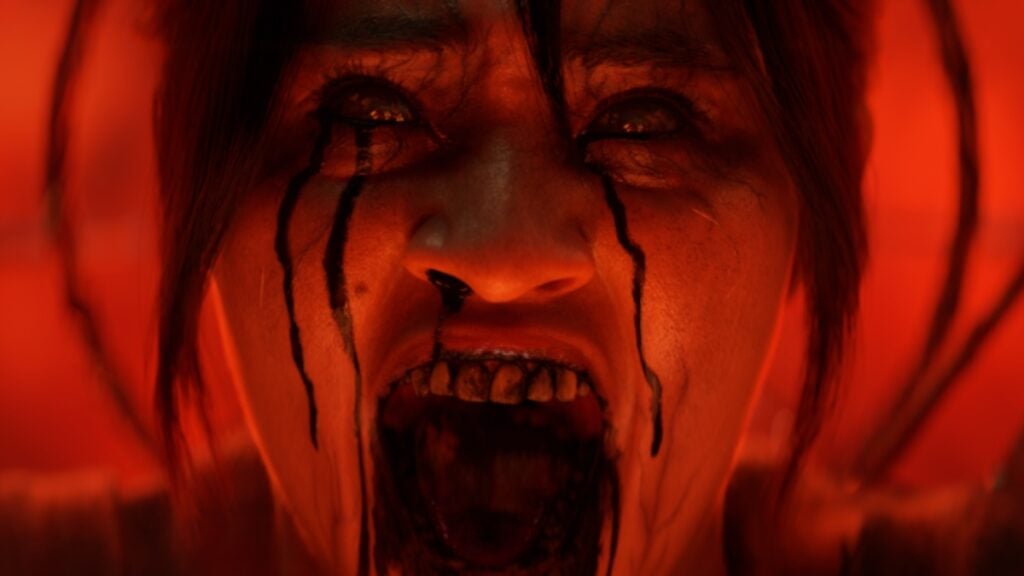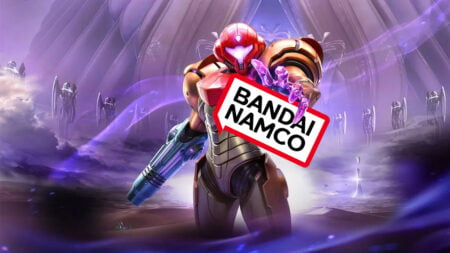Skip To...
In all honesty, there are few places that I’ve enjoyed exploring as much as Sanctuary when Diablo 4 launched. That said, I am well aware that D4 has quirks that take some getting used to. However, with the Vessel of Hatred expansion, quite a few things are changing, and I can wholeheartedly say these changes are for the best. It introduces new mechanics, endgame grind, region, and playable class. It improves every returning system with impactful quality-of-life changes to create a killer and compelling experience.
Diablo 4: Vessel of Hatred Review
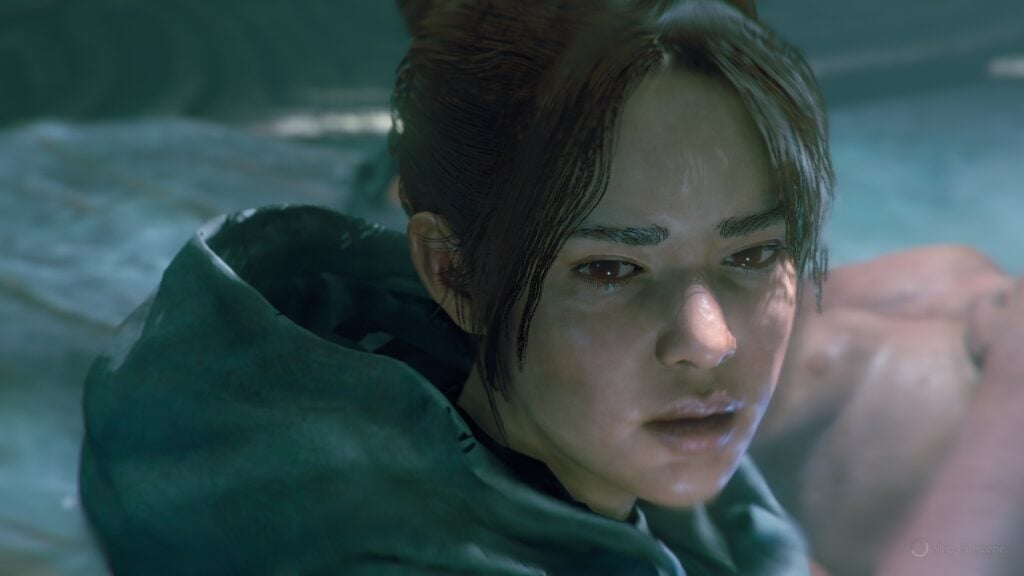
I’m very happy with the additions and changes that Vessel of Hatred provides. I loved the new Spiritborn class, Nahantu, and the new campaign. The Spiritborn class, which has quite a few characteristics from the fan-favorite Monk, blew my mind in terms of its skills and agility. Along with the Spiritborn class, you get access to Spirit Guardians, which completely take your build crafting to the next level, in my opinion. It puts a unique focus on animal-themed skills and abilities that each cater to a very specific play style. The Centipede, for example, has a huge focus on poison and damage over time effects, which differs greatly from the Gorilla’s emphasis on tanking and damage mitigation. These Spirits and skill diversity make this class encompass a broad range of playstyles packed with depth.
Nahantu is a massive region below the Sanctuary that we’ve known for the duration of Diablo 4. The new location looks and feels great, bringing loads of poisonous enemies, serene jungle canopies, and lush cliff vibes to Sanctuary. It’s home to several new mechanics, such as Mercenaries, the Dark Citadel, and the Kurast Undercity. Nahantu also sets the stage for the Vessel of Hatred’s excellent campaign. After the initial teasers I was really interested to see what would happen to Neyrelle after she spent all that time being tormented by Mephisto. Her story, and how it ties into Nahantu’s Spirit Realm, certainly didn’t disappoint.
Story: Into Nahantu and Back Again
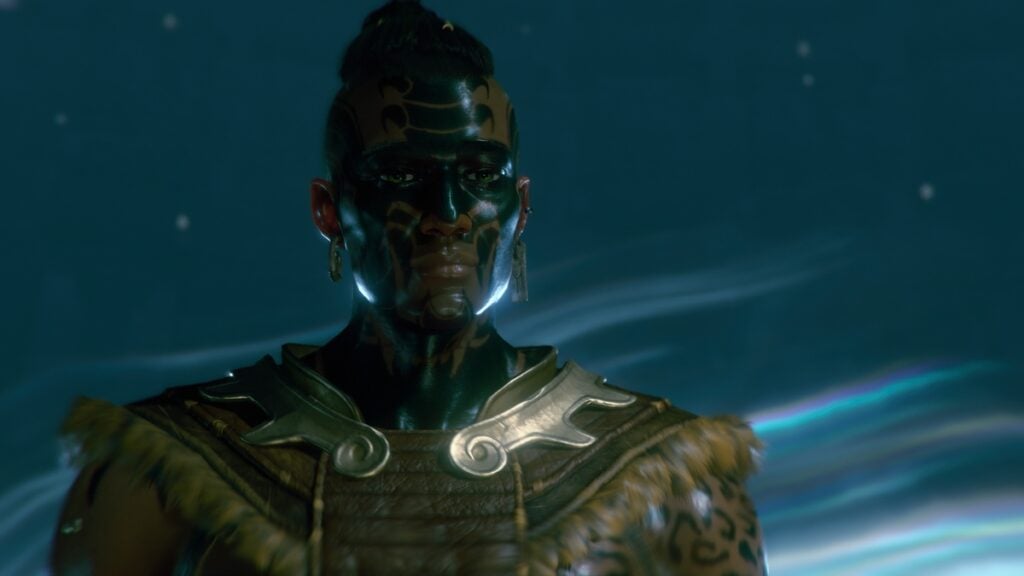
After everything that happened to Sanctuary between Lilith and Inarius, there was quite a bit of devastation left to be sorted out; we all knew that. But what we didn’t realize was that everything would have such a big impact on the people and survivors of that conflict. Without giving anything away, it’s clear that the Vessel of Hatred won’t be the last story that Diablo 4 has to tell. However, it still delivers an incredibly satisfying journey that old-school Diablo lore heads will lose their shit over.
The story picks up where we left off in the base campaign and gives insight into what was happening with Neyrelle and Mephisto while touching on Inarius and his failed attempt to siege Hell. The story is quite attention-grabbing and actually makes it nearly impossible to stop the campaign until you’ve completed it (I should know; I did it all in one sitting).
Let me tell you, the plot twists are absolutely amazing. It was so easy to get lost in the story, but I wish we could have gotten more answers to some of the threads dangling in front of us.
Gameplay: Hack and Slash Again, This Time With Meaning
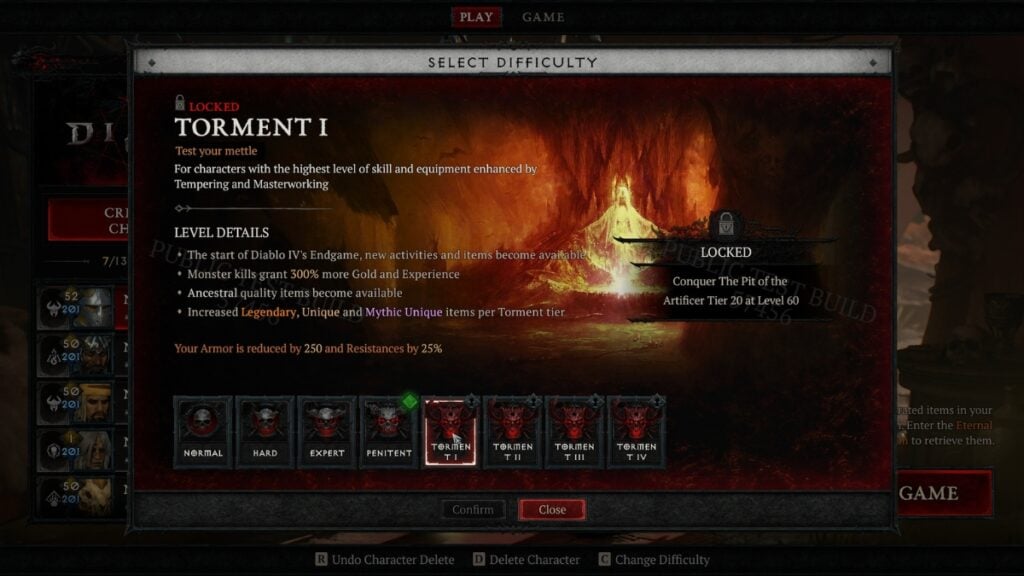
The Spiritborn class is one that I honestly think I might main from this point on. Its playstyle is something that I really can’t get enough of, especially with a strong Centipede/Eagle path in combination with the Centipede Spirit Guardian. That said, it isn’t just the new class that makes the gameplay great; the other additions and changes provide the secret sauce to this experience.
One of the easily overlooked aspects coming with this update are the changes to the leveling and difficulties. Because of these changes, everything is much more of a challenge, as Diablo 4 just felt easy. Once you reached a certain point during D4’s launch, you could quickly fly through any situation, no matter the difficulty as long as your gear was a high enough level. Now, you have to put serious thought into your builds and ensure that your abilities complement each other and your gear is Tempered to match.
Along with these changes, Blizzard added some classic Diablo mechanics and some new ones. Unlocking Mercenaries was one of the best things I could do for my progress in Vessel of Hatred, and I’m pretty mad at myself for not doing it before I had completed the campaign. Mercenaries offer the option of having an NPC party member who can use their unique abilities to augment your build. At the same time, they gain Rapport to unlock more rewards and currency to barter within the Den. Think of the Den as a Batcave, except with no Alfred and about three times as much Demon gunk on the walls.
We also get the Dark Citadel, the new two to four-player Raid-like experience I haven’t had much experience with. It’s available after you’ve reached the Torment 1 difficulty. However, before you reach that point, you unlock the Kurast Undercity. If you remember playing Diablo 3, this one will probably feel similar to the Rift mechanic. It’s one of my favorite new activities since it’s great for leveling and farming gear. This dungeon is timed, and the hook is you have to kill marked enemies to increase your timer while chasing time-consuming optional objectives, increasing the final reward if you can beat the boss before your timer expires.
Finally, we get Runewords. Back from Diablo 2, Runewords are extremely potent and can help make or break a build in fun ways. Runewords have a cost and an effect known as Ritual and Invocation Runes. One Rune determines how you get the required Offering, and the other determines what happens once you reach a certain amount of Offering. Each Invocation Rune allows you to passively create a different effect. Some of them give you various buffs, while others trigger skills from every playable class.
Graphics & Audio: Green is the new Brown
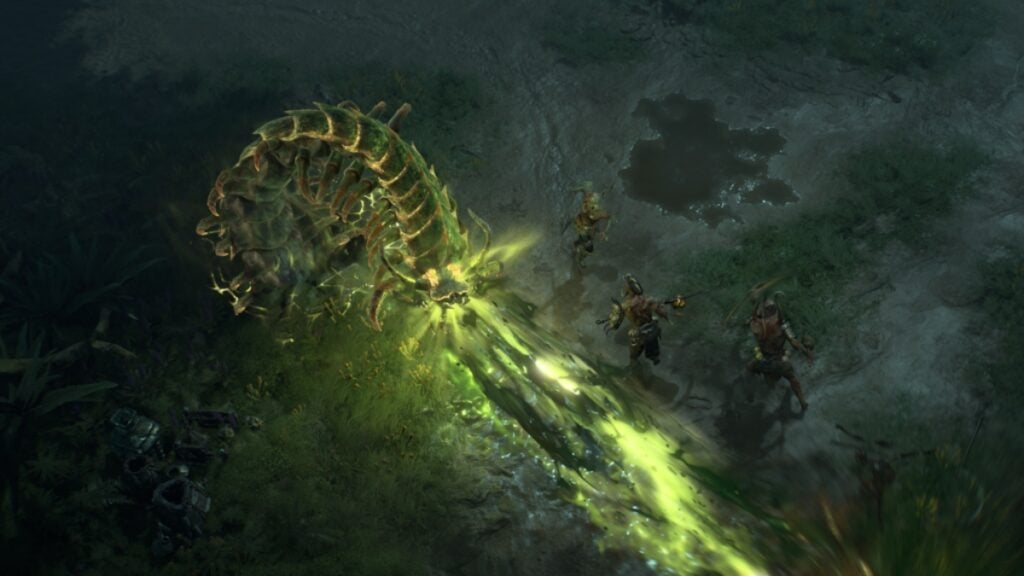
When it comes to how everything sounds and looks, I was utterly blown away. Something that’s always bothered me is how the Sanctuary never seems to escape from myriad of grey, brown, and dreary environments, but this expansion injects a much-needed blast of color and variety to explore. If you’re unsure about the beauty portrayed, wait until you get to THAT part of the campaign, which has one of the best set-piece moments in ARPG history.
I won’t give away anything, but you’ll know exactly what I mean when you see it for yourself. The music also does a fair job of injecting Sanctuary with a completely unique sound and audio palette. The percussion, in particular, is a standout. Ultimately, Nahantu is just a big ole jungle vibe, and I’m here for it.
Conclusion: Nahantu National Park Is Open for Business
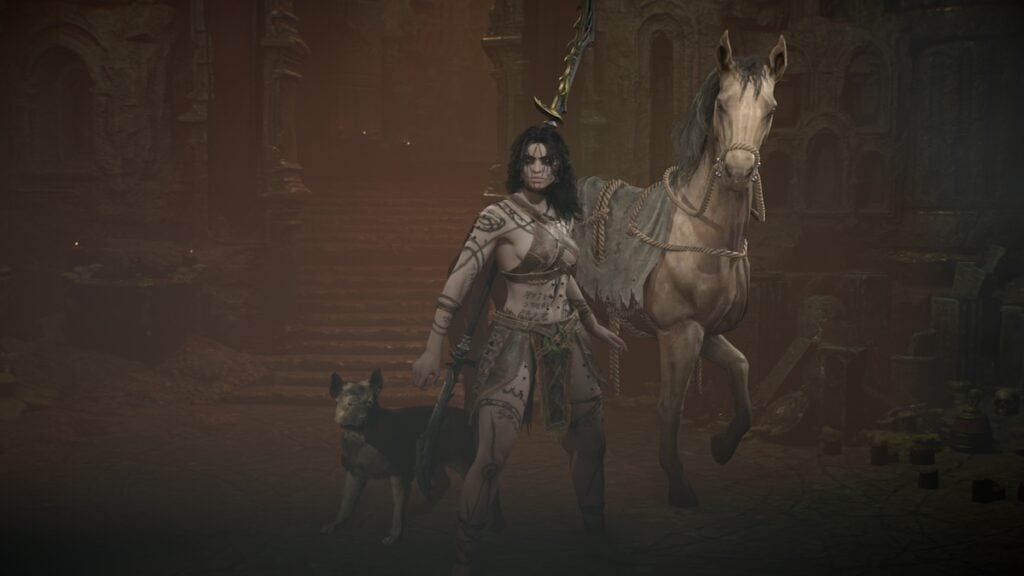
Overall, Diablo 4: Vessel of Hatred was terrific. I rarely review a game where I don’t have a single negative thing to say outside of selfish desires for even more stories or obscure nitpicks. The campaign delivers on some big moments that make waiting a second longer for more story content nigh impossible. The Spiritborn class is unique and enjoyable, with excellent mechanics that take fighting to the next level. The revamp of old systems and layering of new content featured in the expansion gave some intriguing new things to do and try out while switching up some of the moment-to-moment loot grind we’ve played to death over the past year and a half. If you bounced off Diablo 4 at launch, there’s never been a better time to jump in. If you already liked or loved D4, the Vessel of Hatred adds another notch to Blizzard’s history of creating exquisite and transformative expansions.
Review copy provided by publisher for PC.
Diablo 4: Vessel of Hatred Review
The Vessel of Hatred is an incredible Diablo expansion, worth checking out for veterans or players who bounced off the original release.
The Good
- Amazing campaign with surprising plot twists
- Spiritborn and their Spirit Guardians bring a great way to use passive abilities in your gameplay
- Great visual change of pace with Nahantu region
- Mechanics, leveling, and difficulty changes make gameplay feel much more rewarding
The Bad
- It's clear this story is an important piece of a much larger picture

